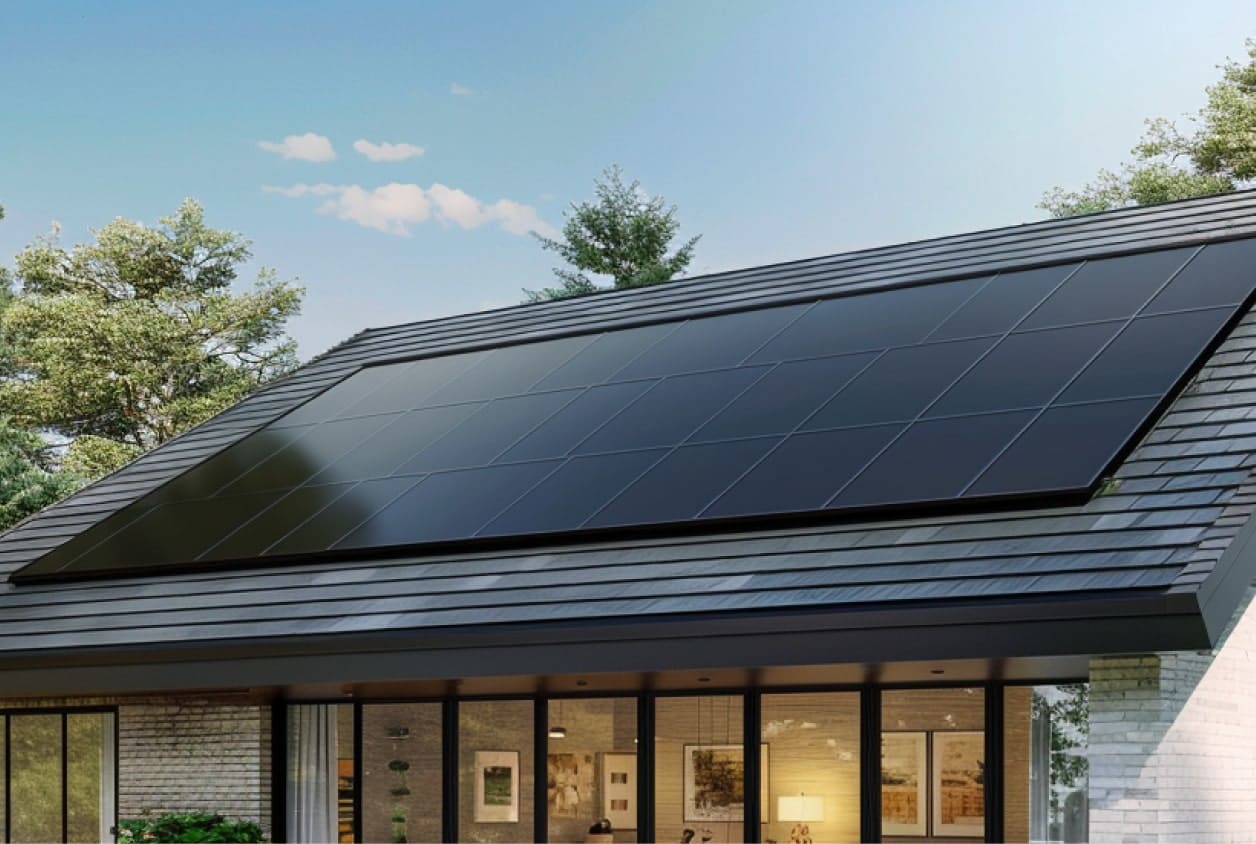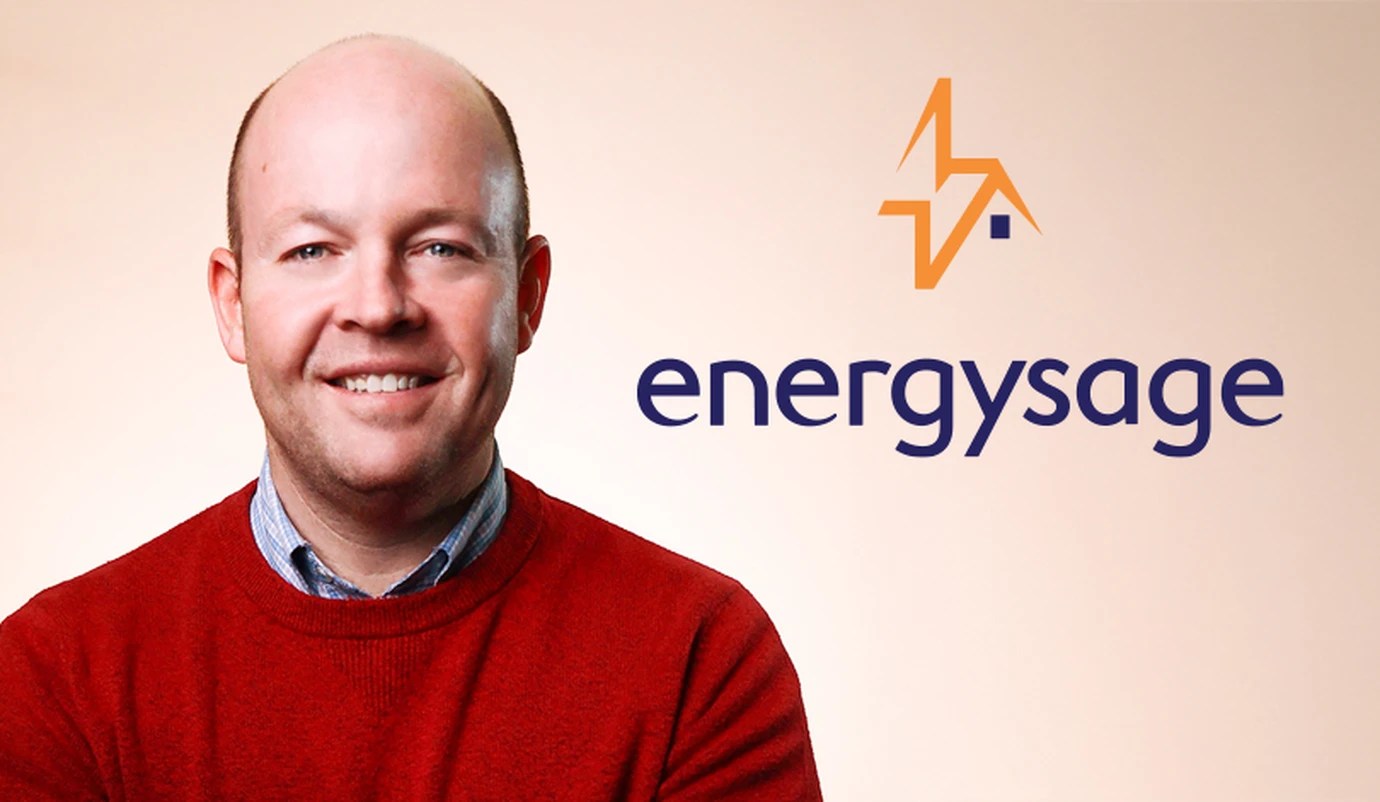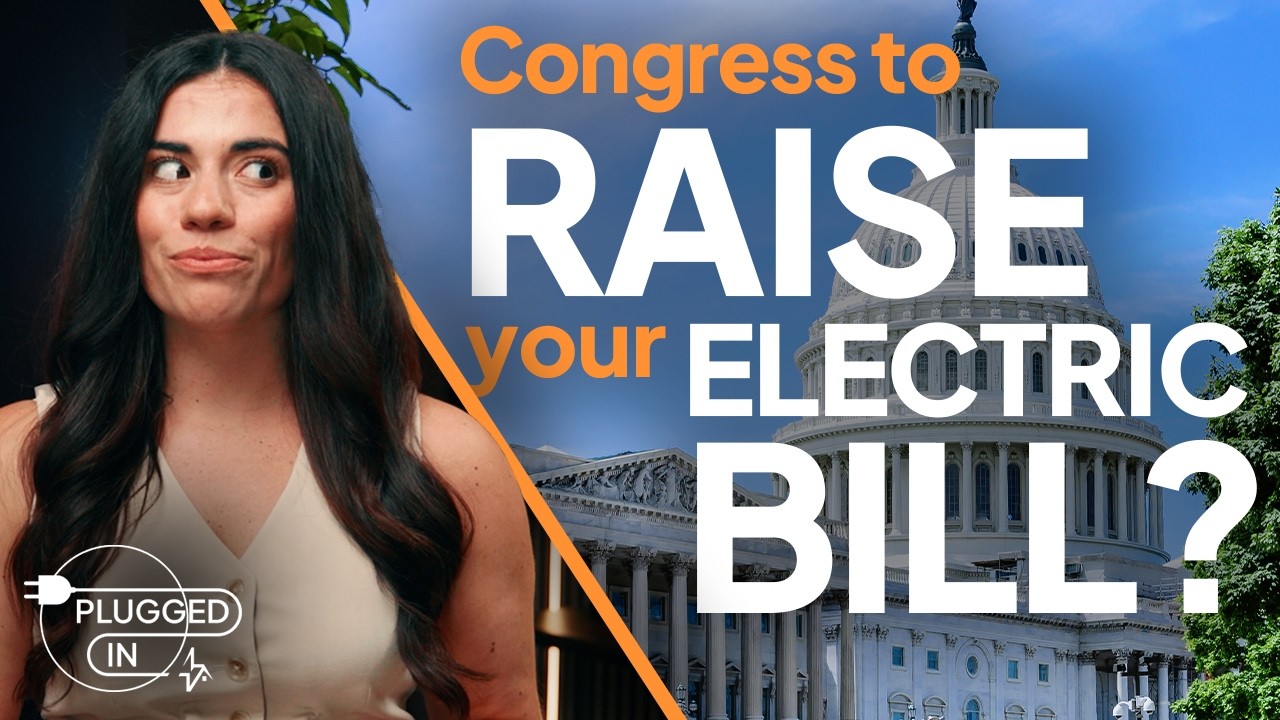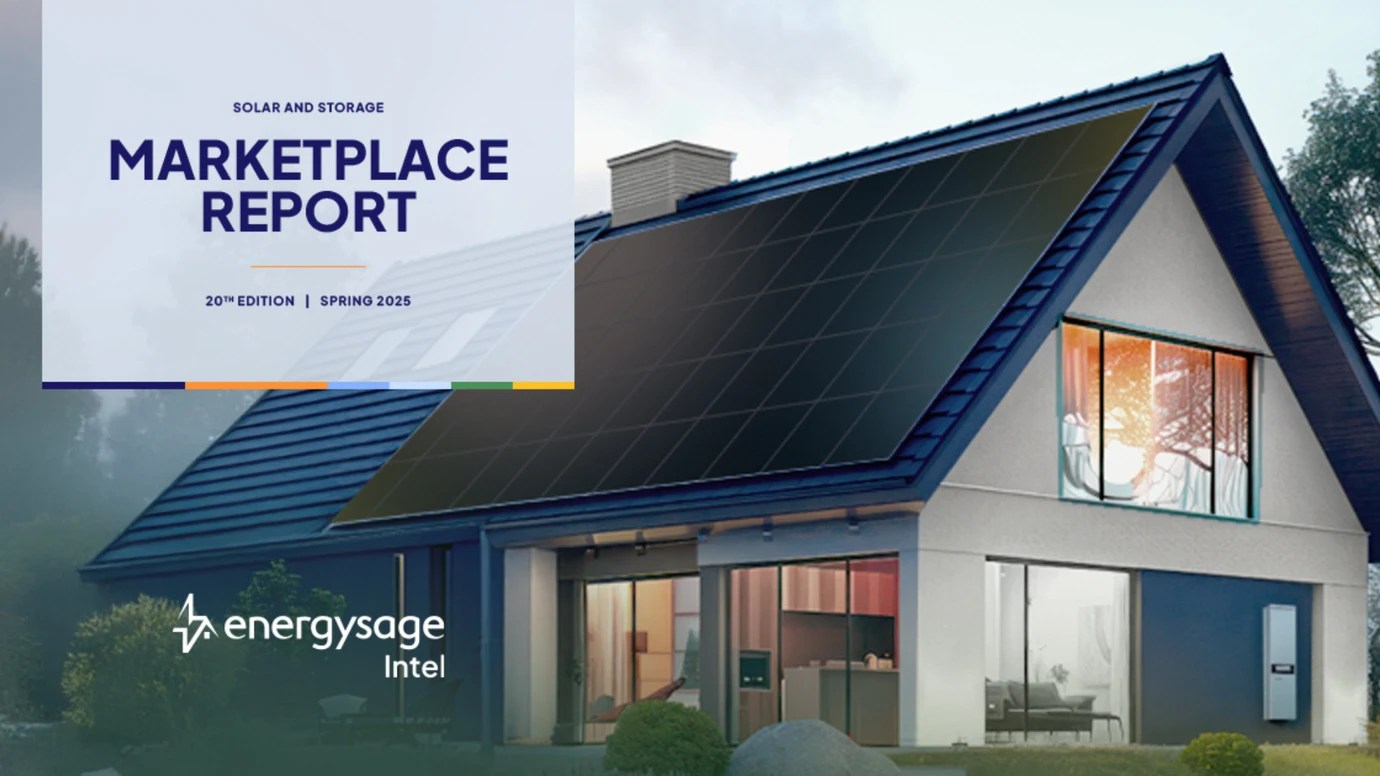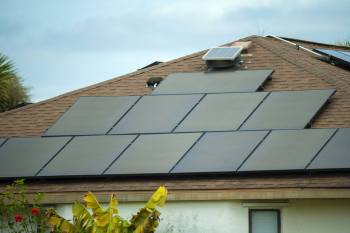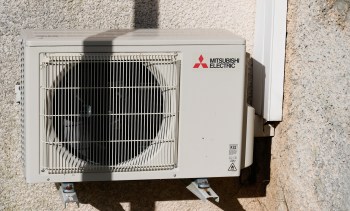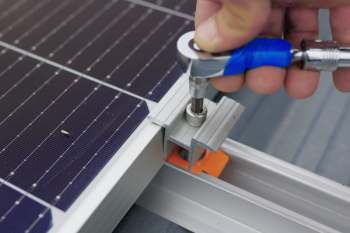The Trump administration's continued attacks on federal funding have experts concerned as the Atlantic hurricane season enters its second month.
What's happening?
With the possible elimination of the Federal Emergency Management Agency beginning in December, it is vital for Americans to be able to produce their own power, EnergySage reported.
The independent platform, which offers free tools to get solar system installation estimates and compare quotes, noted that the National Oceanic and Atmospheric Administration predicted another busy hurricane season, projecting 13-19 named storms through November.
While Congress would have to sanction a FEMA takedown, the agency has already lost a quarter of its staff, meaning states, local governments, utilities, and individuals will bear more of a burden after natural disasters.
Solar power paired with battery backup is the best way for people to ensure energy resilience in the face of this obstacle.
"From cities to small towns, we all rely on [federal aid] in the state of Florida because the disasters have been so widespread," Melissa Nelson, CEO of United Ways of Florida, told EnergySage. "FEMA offers all kinds of programs — including trainings that equip local government and enable community members to assist in recovery — that could all be impacted."
Why is this important?
EnergySage noted that outdated infrastructure across the country cannot keep pace with electricity demand, especially during extreme weather events such as hurricanes, which are increasing in intensity as the planet warms.
"Without enough support from FEMA, utility companies will have to absorb a greater share of disaster response and grid restoration efforts when these storms hit — costs they're likely to pass on to consumers through higher utility rates," EnergySage's Casey McDevitt wrote. "Recovery timelines could stretch longer, especially in hard-hit areas and rural areas, leaving communities without power when they need it most."
Because rising global temperatures are creating more frequent and severe extreme weather events, "the strain on the grid will only grow," per EnergySage. These droughts, floods, wildfires, and more wreak havoc on communities and create billions of dollars in damages every year.
They are exacerbated by the burning of dirty energy sources, so the risk can be mitigated by turning to clean energy sources such as solar and wind. These renewables are not only cheaper than coal, gas, and oil but also don't contribute to the heat-trapping pollution that is causing the problem in the first place.
|
Do you have a backup power source in your home? Click your choice to see results and speak your mind. |
EnergySage can help you get started with its free services, which include a mapping tool that shows the average cost of a home solar panel system in each state as well as details about available incentives. By going this route, the average person can score nearly $10,000 in incentives for a solar purchase and installation.
What's being done about FEMA cuts?
Because Congress has the final say, you have a voice. Call your representatives and tell them what you think about cuts to FEMA and the potential abolishment of the department. Vote for candidates who support climate action and the work that FEMA and other agencies do to protect people and property from damaging storms.
More From EnergySage
💡Go deep on the latest news and trends shaping the residential solar landscape
If you're thinking about installing solar panels, act soon before the rebates go away.
Join our free newsletter for easy tips to save more and waste less, and don't miss this cool list of easy ways to help yourself while helping the planet.


